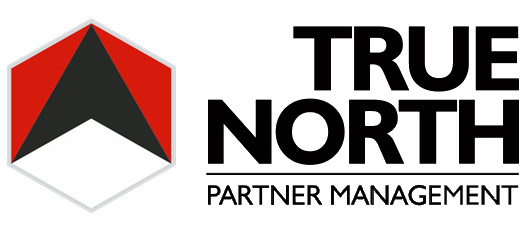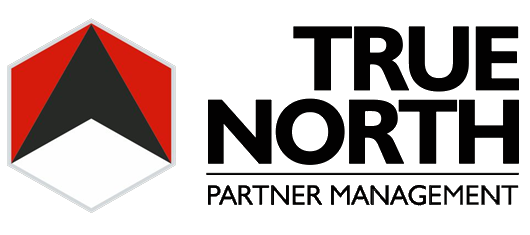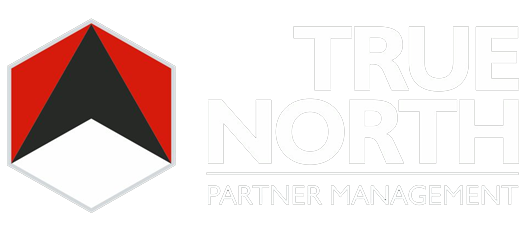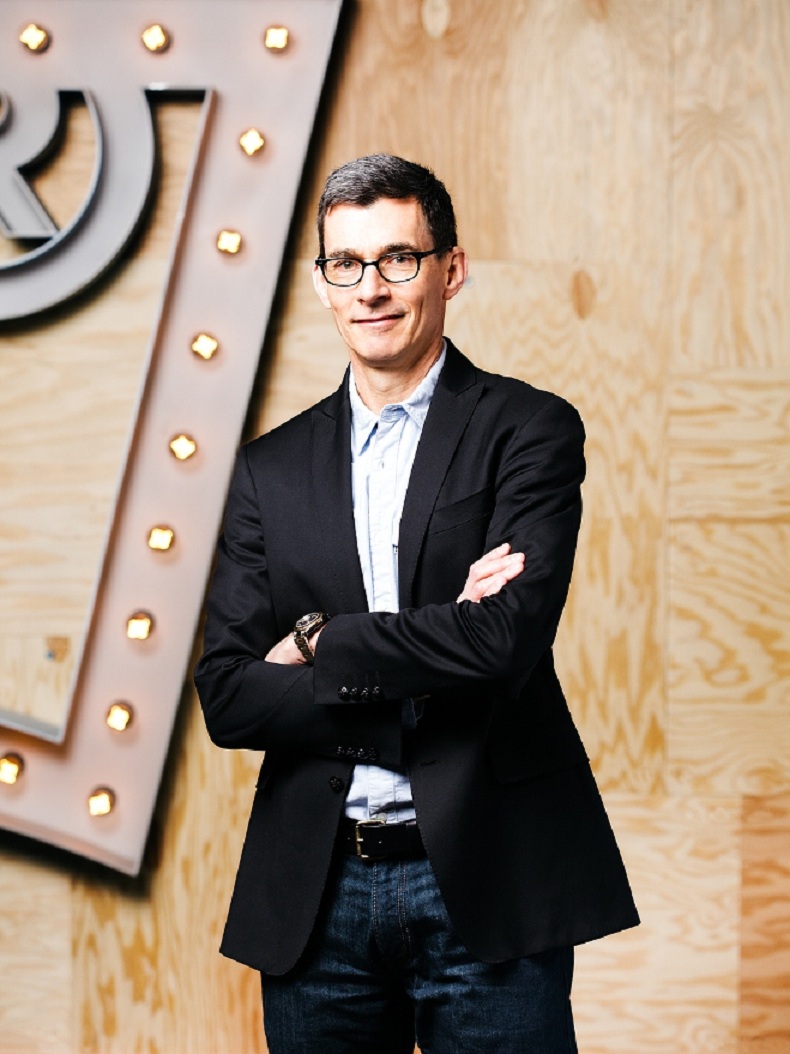The following post originally appeared on Forbes | June 15, 2015
“It takes time to build a really strong brand.” Jean-Noël Kapferer
A strong brand is, no doubt, a highly sought after commodity. A known grease to the wheels of commerce, most-if-not-all institutions actively seek to establish their own. Many a upstart has lamented their lack of one, and through the greenest eyes of envy, imagine the worlds they would conquer if they just had the recognition of their industry’s oldest inhabitants.
Not always, but sometimes a powerful brand can, over the course of time, sharpen a second edge for itself. Built on persistence and a perpetually winning proposition, an overly homogenous environment can challenge new ideas. Through their easement of resistance from the market, heavily greased wheels can weaken those pushing the proverbial cart. Consistent and predictable wins can place innovation into the rear view, and abundant profits can displace the hunger that drove the success in the first place.
At 162 years old, Levi Strauss & Co. (LS&Co.) has one of the most recognizable brands in the apparel industry, and one of the best reputations on the planet. Though this is certainly an enviable position, it has not been without its challenges. Approaching 2011, they were heavily leveraged and faced unprecedented competition, which was eroding market share. Struggling to commingle the (often rigid) fundamental values of a successful past with the innovation and flexibility that the future demands, Chip Bergh, former Procter & Gamble president (of Global Male Grooming), was brought in to help stabilize LS&Co.’s finances and set them back to the company back to its original luster.
Today I speak with Bergh about the challenges of re-establishing the Levis’s brand back to its comfort zone — the center of American culture — and steering what is, for all intents and purposes, a giant. See our exchange below:
On Major Challenges When Taking Over The Reins
Parnell: What were the top one or two major challenges that you faced when you took the reins LS&Co.? How did you go about overcoming them?
Bergh: I joined LS&Co. from outside the retail industry, so I had a lot to learn and not a lot of time. Some of the biggest challenges were just learning the business, learning the industry, and getting to know the people. At the same time, the board was looking for some fresh thinking because the company hadn’t been growing. Performance had been really inconsistent, and not just for the last couple of years, but throughout the previous decade or so. That challenge is part of what really attracted me to the company, initially. Here you had, arguably, one of the greatest brands in the world with Levi’s® — a brand that I had grown up with — and a second strong brand, Dockers®, which is the leading brand in the casual pants market, yet the company hadn’t been able to deliver consistent reliable growth in more than a decade. It was pretty early on that I created a very specific action plan for growth.
One of the other big challenges was setting a direction for the company; one that focused on delivering consistent and reliable profitable growth, which is what great companies do. Great companies figure out how to grow year in and year out.
At the same time, I had to strengthen the financial condition of the company. When I joined LS&Co. in 2011, we had roughly $1.9 billion in gross debt for a company with $4.5 billion in sales, roughly. Although we are a privately held company – primarily by the descendants of Levi Strauss – we’ve long had public debt and were highly leveraged. So, getting a strategy in place that would begin to deliver strong financial results and strengthen the balance sheet was a priority.
I also had to look closely at the talent piece of this, assessing the leadership talent of the company. So it’s hard to say that there were just one or two overriding challenges. I had to make a lot of decisions pretty quickly to get things moving in the right direction.
On LS&Co.’s Progress So Far
Parnell: I know that LS&Co. is a privately held company and that you can only say so much, but how has the progress been?
Bergh: Well, we have successfully grown the top and bottom line profitability each of the last two fiscal years, as measured by adjusted EBIT. It’s the first time in almost a decade that the company has grown profitably for two years in a row. Growing again this fiscal year would be the first time in more than 20 years that the company has put three successive years of profitable growth together.
Also, we’ve significantly strengthened our financial position. We restructured the company and cut quite a bit of cost. Our adjusted EBIT margins have gone from 8.5% in 2011 to 11% in 2014. That generates a lot of cash. We paid down, over the last three years, about $750M of debt. Our credit ratings have gone up several notches and we are now just one notch below investment grade, which is a solid place to be. We were three or four notches below investment grade when I got here. So we are making really great progress.
We’ve also done a lot of great things with the brand that have put the Levi’s® brand at the center of culture, where, when we’re at our best, that’s where we tend to live. We are getting back to that. The Levi’s® brand crossed $4 billion for the first time this century this past fiscal year. So we are starting to demonstrate some solid momentum, but we still have a long way to go.
On Rallying The Troops To The LS&Co. Cause
Parnell: How did you go about establishing employee loyalty to the company? To the brand? How did you go about cohering the company as a whole?
Bergh: Well, first of all, we had a pretty good starting point because the employees joined this company largely because of what the company stands for: Our values and our commitment to giving back to the communities where we live and work.
We have a concept called “profits through principles” which basically means the more earnings that we make and the more profits we deliver, the more we contribute back to the communities where we live and work. That goes all the way back to our founder, Levi Strauss, himself. The very first year he made a profit, he donated money back to the community here in San Francisco. So, we have very strongly rooted values, and I think that creates an incredible bond with our employees. We also have some of the world’s most iconic brands. A lot of people work at this company because they love the Levi’s® brand. It’s part passion; and I like to say that passion is worth 10 index points.
So I think I had a pretty good starting point. But it was important to get people to recognize the reality of the situation: That the company really wasn’t as successful as people believed it was, and that we had been very inconsistent in delivering results. And, clearly, a change in leadership at the C-level was a signal that there was dissatisfaction with the results the company had been delivering.
Then I put a strategy together with my executive team, and we worked to get people on board with what our key strategic choices were. And then to sustain it, I began doing monthly meetings that I call “Chips & Beer.” They are basically town hall meetings held late in the afternoon, and we bring in beer for a one-hour Q&A session. I don’t do canned PowerPoint presentations or anything. I give a three to five minute update on the state of the business, and then we open the floor up for questions. So I do that every month when I’m in San Francisco at our home base. And when I travel, I always make a point of connecting with our employees in an open forum, question-and-answer-type of format or town hall meeting.
We also have a full cascade through our leadership team. Although we are a privately held company, we hold a quarterly earnings call with analysts because we have publicly traded debt. We always follow the earnings call with a Q&A session with leaders. So the people feel really connected and attached to the results. And they have an opportunity to see how their work connects back to the overall progress that we are making as a company.
On Taking LS&Co. Public
Parnell: I’m sure you’ve been asked this a million times, but do you see going public at some point in the future?
Bergh: I do get asked this question quite a bit. The real answer to that question is that it doesn’t change what my job is, or what the job of the management team is, over the next couple of years. Our job is to make this company great again, and to deliver reliable and profitable growth. And if we do that, we will for the first time, in a long time, put the board, and ultimately the shareholders, in a position where they’ll have some attractive choices. At the end of the day, my job is to make sure that the company is successful and that we are creating value.
On Earning Followership From LS&Co. Employees
Parnell: How are you, as the CEO, earning followership from your employees? Are there any other things that you are doing, personally, that you believe are earning their followership?
Bergh: I think that nothing moves an organization’s morale more than seeing good business results; for them to see progress being made, right? We regularly articulate the strategy in a very simple and clear and easy to understand way. I share the top five priorities for us as a company every year with employees. And to the extent that we are making good progress, and people can see progress being made, it does get people bought into the direction we are going. The fact that we have delivered a couple of good years of business results has built a degree of confidence in the direction that we are going.
Every time I do a town hall [meeting], we ask a simple question: Do you believe that the best is yet to come? Are our best days behind us, ahead of us, or are you not sure? And the overwhelming majority of the employees who answer the survey say that our best days are ahead of us. So, we are making the kind of progress that we need to make, and employees are confident that we are going from strength to strength.
On The Personality Of The LS&Co. Culture
Parnell: You do a great job on your website of articulating what your culture is. If you could, just talk to me a bit about the “personality” of your company; in other words, the feel of your culture, the attributes of your culture.
Bergh: On the one side there is an element of innovation, and really wanting to set the bar higher and chase things that have not been done before; to continue to innovate and drive newness and freshness and excitement around the Levi’s® and Dockers® brands. I used the word “passionate” earlier – a lot of people are here because they’re passionate about those brands. And, like I said earlier, passion is worth 10 index points.
Also, there is an element of humility, honesty, and integrity about how we do things, which goes back to the values of the company. And what we’ve really been trying to drive over the last couple of years since I’ve arrived is to operate in a much more disciplined and focused way: Bringing in financial discipline, marketing discipline, discipline about measuring our results. Also, being honest with ourselves about the things that are working and not working, and taking the things that are working and doing more of them.
So, there is the element of setting the bar higher and challenging ourselves to do more and be more successful, combined with our values of originality, empathy, and integrity, which creates tension points that really work in our favor.
And then, the last word I would use is courage. The company is not afraid to take on big issues. We desegregated our plants in the South years before it was a law here in the United States. We stood up for partner rights back in the 1980s. We were one of the first companies to recognize the HIV and AIDS epidemic, and to do something about it. Even to this day, we contribute a significant amount of money to HIV- and AIDS-related organizations. And just recently, I published a joint statement with the CEO of Gap Inc. about the religious freedom law in Indiana being fundamentally wrong. Our company is not afraid to take a stand on the tough social issues of our day.
On Traditional Values Informing Modern Decisions
Parnell: You mentioned a number of values that LS&Co. holds dear. Can you talk to me about some specific decisions that you’ve made that were influenced, directly, by those values?
Bergh: Empathy and courage are very important to us. For instance, our “Terms of Engagement” is the standard we set with our suppliers and goes back, now, about 22 years. We were the very first multi-national apparel company to set significantly higher standards with our suppliers around the world.
Most manufacturing is done through third parties. And we set much higher standards when it came to things like labor, the environment, and health and safety. And as a result of that — touch wood — we’ve avoided a lot of the issues and a lot of the tragedies that have impacted the apparel industry.
We’ve also been testing a new program that elevates the standard from basic compliance to something that is really focused on worker well-being. We’ve worked with five plants in five different countries around the world to demonstrate that by investing in worker well-being programs, there will be a positive return for the factory owner. And there is evidence that for every dollar suppliers invest in worker well-being programs, they get three dollars back. And the reason they get such a high return is that they see reduced absenteeism and turnover by investing back into their workers.
Now we are looking to expand that program, and our goal is to have 80% of our volume made in plants that live up to these much higher standards by 2020.
On Remaining Relevant In A Constantly Changing Industry
Parnell: In an industry that can be so attention deficit — the fashion industry — how do you go about remaining relevant? With one of the oldest, and arguably one of the best-known, brands in the world, it must be challenging to remain relevant…
Bergh: It’s a great question. It is, I think, probably the biggest challenge that every apparel manufacturer faces: How do you stay current and stay on trend? We have, I think, what everybody else wishes they had, which is that we have an iconic brand that has been around for 162 years. We are the original, the authentic. Nobody can take that away from us. We are true Americana.
Part of this means we have to live with one foot deeply planted in our history and in the things that have made us famous, while taking the other foot and stepping into the future. So, we have a lot of focus on our most iconic items: The Levis® 501® jean, the trucker jacket, the single pocket T-shirt; the Levi’s® brand look that we are really known for.
I like to say we are the opposite of fast fashion. We are slow fashion. We are fashion that never goes out of style. The Levi’s® 501® is still the most popular jean today.
On Keeping In Front Of The Consumer
Parnell: So what are some things that you are doing to stay in the consumer’s focus, today? How do you go about staying in the minds of the consumer in such a quickly shifting industry?
Bergh: One of the things we did to help engage consumers was announce sponsorship of the Levi’s® Stadium. The San Francisco 49ers play there and there is a nice symbiotic relationship between two Bay Area icons.
The stadium is more than just football games, though. People go to the football games wearing their Levi’s® jeans and their football jersey. Right now it’s concert season and people go to concerts wearing their Levi’s® products, too, right? Taylor Swift is kicking off her global tour at Levi’s® Stadium. The Grateful Dead is playing two shows at Levi’s® Stadium for their last hurrah. We are arguably the only apparel brand that could legitimately put their name over the door of a major entertainment venue.
We also have launched a new advertising campaign which is based on true consumer insight. This is something that we really continue to harp on, which is the importance of understanding consumers better than anybody else. As an example, I was doing a “consumer in-home” with a woman in Bangalore about two years ago, and we talked about her life and how apparel fits into her life. She loves jeans, and had 9 or 10 pairs of jeans in her closet. We went through them one by one to talk about what each one was for, and the last two pairs of jeans were Levi’s® jeans.
The second to last pair were her “go to” jeans. So I asked her, “Okay, what about these jeans?” Pointing to the last pair of jeans, she got a little teary-eyed, and said, “Believe it or not, I don’t even fit in those jeans anymore. But I can’t bear to part with them, because those are the jeans that I wore during university. And those jeans have so many stories about my life that I can’t bear to part with them.”
That moment reiterated the powerful idea that you wear other jeans, but you live in Levi’s® jeans. That’s the kind of brand Levi’s really is. It was incredible to return home to do our research on the campaign, only to find out we’d been telling a story like this since the early 1970’s. That’s a big part of what we are trying to do as we reinvent the brand: Get it back to what it has really always stood for, and that is this real intense passion that people have, because while you can wear other jeans, you live in Levi’s®.



